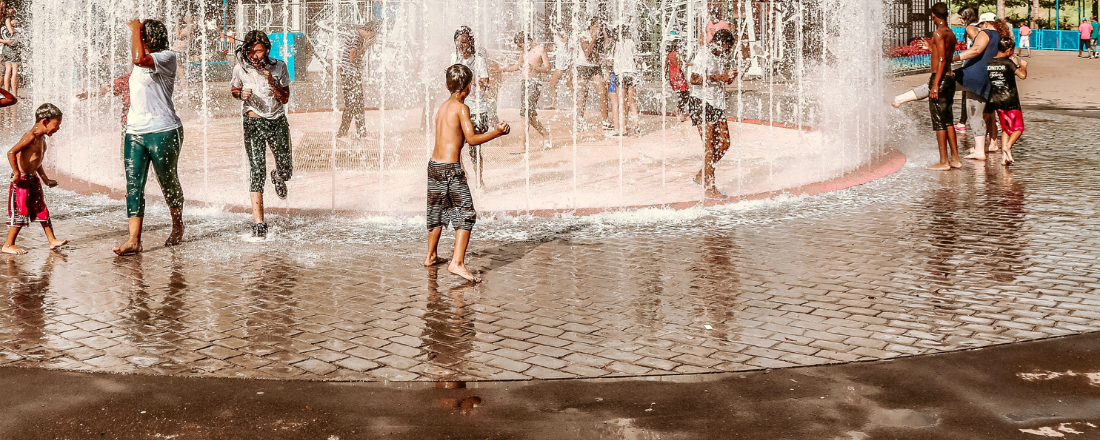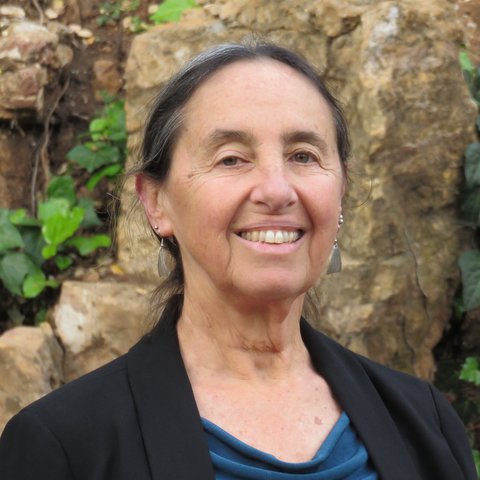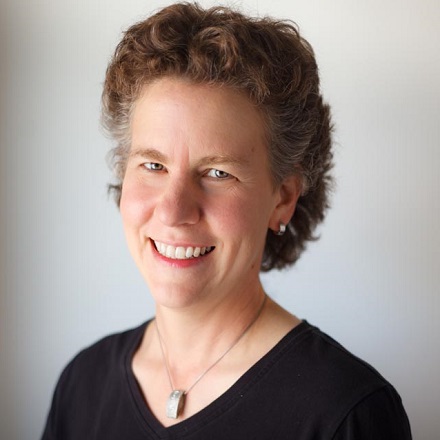
In the News
Staying Safe & Cool During Extreme Heat in the Bay Area

“The Bay Area is on the cusp of what experts warn could be a record-setting heat wave. The National Weather Service has placed most of the Bay Area under an excessive heat warning, beginning Saturday morning and lasting through Monday — with a regional Spare the Air Alert also issued for Saturday.
Temperatures are expected to creep past 100 degrees in many areas across the region, with inland cities experiencing the worst of the heat. The California Independent System Operator, which oversees the state’s power grid, has called for Flex Alerts over the long weekend — urging residents to reduce electricity use from 4 p.m. to 9 p.m.
This level of heat can be particularly dangerous for people who work outdoors, or who don’t have adequate cooling in their homes. For Bay Area residents, many of whom are not adjusted to living with high heat, even temperatures in the high 80s can be potentially hazardous.
Those most vulnerable are older adults, infants and children — who don’t sweat as efficiently as younger adults. Other vulnerable populations include those with underlying conditions, such as heart and lung issues, asthma, obesity, and diabetes. (And yes, pets are vulnerable, too.)
If the nights also remain unusually warm during a heat wave, people don’t cool down as readily during sleep. So heat continues to build up in their bodies day after day as temperatures rise.
When the Bay Area had a major heat wave in 2017, 79% of people killed by heat began to get sick at home. In Contra Costa and in Santa Clara counties, homes that had their temperature and humidity measured over a period of time became hotter inside than out, and held onto heat longer. At night, houses might be 15-20 degrees warmer inside than it is outside.
“That’s a problem for people who can’t afford or don’t have air conditioning,” says the Public Health Institute’s Linda Rudolph. “When the nighttime temperatures don’t go down, which is what’s increasingly happening with climate change, it’s harder for them to get that kind of physiological rest period,” Rudolph said.

That’s a problem for people who can’t afford or don’t have air conditioning. When the nighttime temperatures don't go down, which is what's increasingly happening with climate change, it's harder for them to get that kind of physiological rest period.Dr. Linda Rudolph
Director, PHI’s Center for Climate Change and Health
Here’s how you can keep yourself safe in a heat wave
DO: Drink lots of water.
“People lose huge amounts of fluid from their body when it’s hot. So the key message is drink, drink, drink — nonalcoholic, please,” said Dr. Gina Solomon, with the Public Health Institute.

People lose huge amounts of fluid from their body when it's hot. So the key message is drink, drink, drink — nonalcoholic, please.Dr. Gina Solomon
Public Health Institute
DO: Check on your neighbors.
“During these unprecedented times, it’s most important that we’re neighborly and that we care for those who may be vulnerable to the impacts of [wildfire] smoke, heat and the virus,” said Dr. Rohan Radhakrishna, director of the California Department of Public Health’s Office of Health Equity.
DO: Take cool baths or showers.
An all-over drench is great, but there are other ways to cool down quickly, like freezing a bandana and putting it around your neck (efficient), or sticking your head inside the freezer (inefficient).
DO: Become familiar with the signs of heat illness.
Heat exhaustion happens when your body has lost too much water and salt. You may notice symptoms such as cramps, headache, nausea, tiredness or dizziness.
Find a cooling center near you
If you don’t have access to air conditioning, another option is to look for your county’s cooling center or your public library.”
Read the full article by clicking on the link below.
Originally published by KQED
More Updates
Work With Us
You change the world. We do the rest. Explore fiscal sponsorship at PHI.
Support Us
Together, we can accelerate our response to public health’s most critical issues.
Find Employment
Begin your career at the Public Health Institute.



